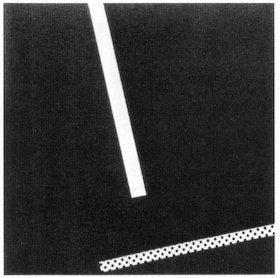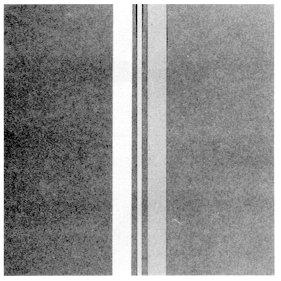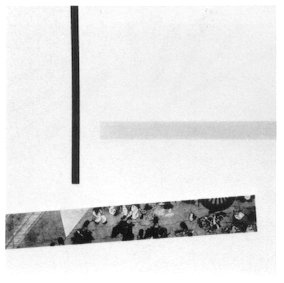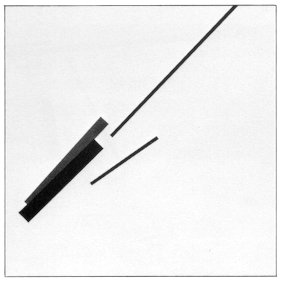|
Let's be apart from the problems of arrangements and divisions. In other words, the problem of the "space" is neglected first, and a certain shape is created. A sense of balance is being used in the activity of creating one shapes as well. Therefore, how can we improve the systematic education in order to acquire these fundamental capabilities needed for every works for arts and designs? This chapter is written to answer one of these questions. The balance is related to a scale and a balance. Meanings of such as a balance, average, equilibrium were born from weighing a thing by a balance or balancing things balance. Because the length the arms of a balance is the same, the balancing condition coincides with the mirroring symmetry and structures. In contrast, even if the distances to the right and the left are not equal from the fulcrum, a balance may be obtained in a Japanese pole balance. There is also a balance of non-symmetry in the field of arts and designs. This corresponds to the feeling of a balance in non- symmetry shapes as discussed in the section of "Unbalanced arrangements" in page 94. A new sense of beauty is felt in a feeling of strain that is created by an extremely unbalanced arrangement.It is said to be a characteristic of the modern arts and designs to respect these kinds of senses. The illustrations shown in pages 138
and 139 are the training practices in the need of a sense of balance using
line elements. The assignment is to create a beautiful arrangement using
pieces of paper cut into a line-shaped strips within a space of rectangle
with the ratios of the sides of 1:1 or 1:2. Any method for arrangement
was not specified, and only conditions given were the number of the strips
of 1, 2, 3, or more than 4.
|



